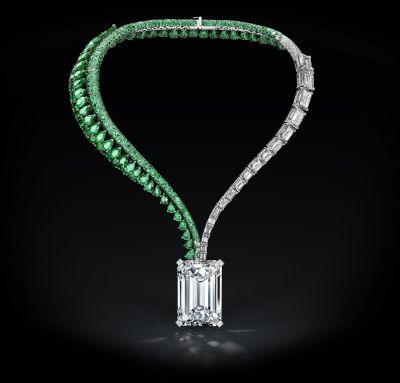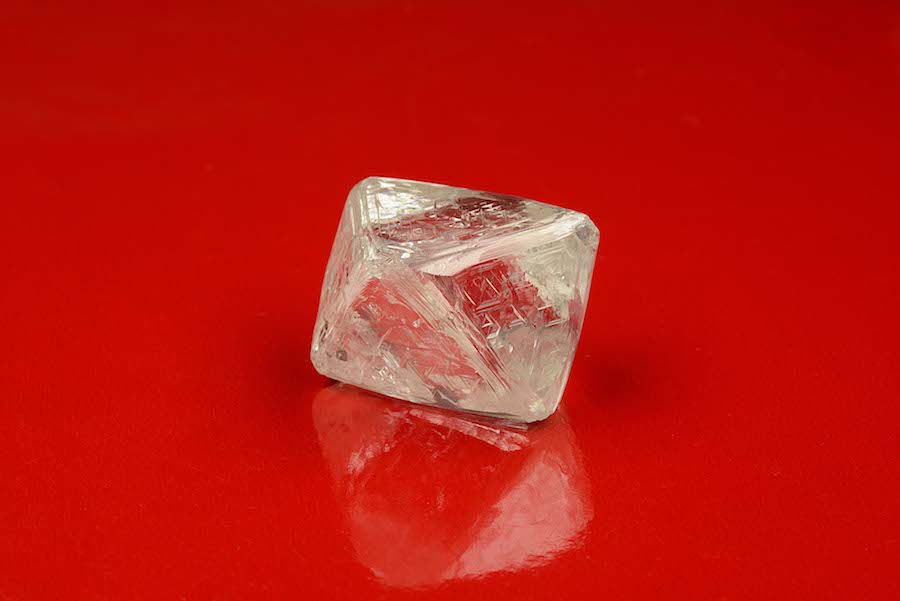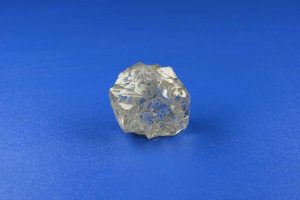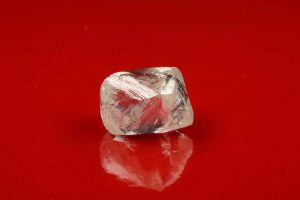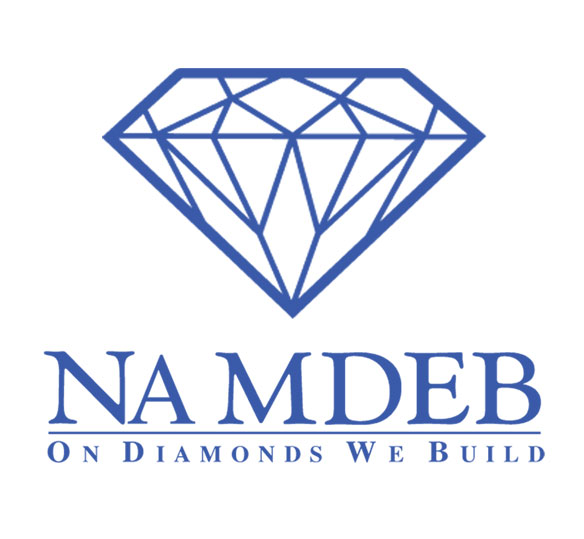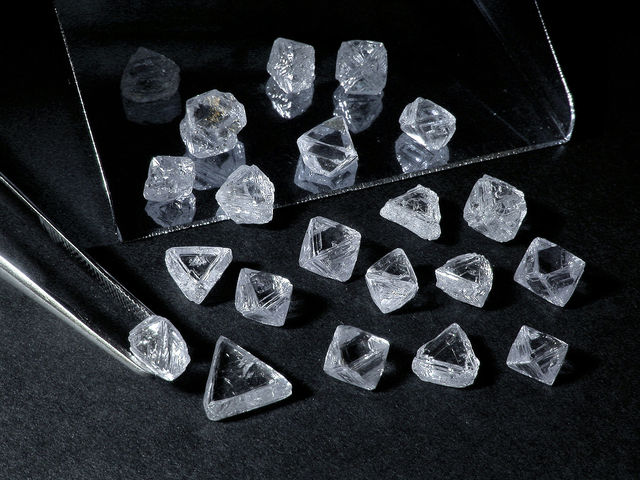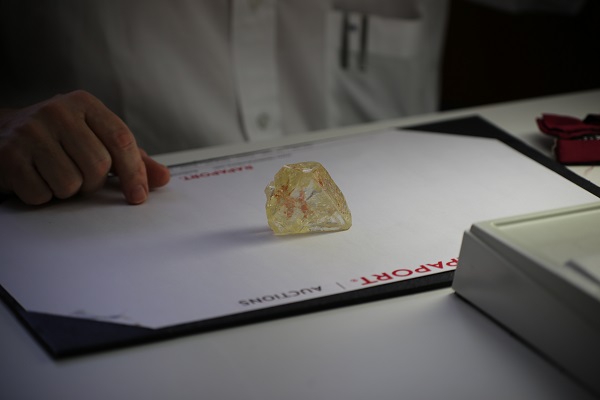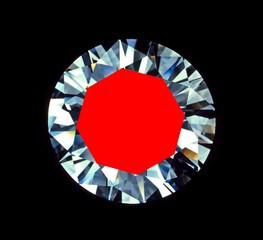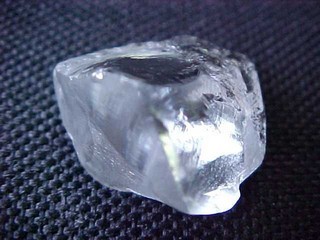A rough diamond is a diamond in its natural state, exactly as it is found deep within the Earth. It has not yet undergone any form of cutting, polishing, or alteration. Rough diamonds are typically irregular in shape, with a variety of textures, colours, and surface conditions, ranging from clear and transparent to opaque and coloured.
These diamonds are generally discovered in kimberlite pipes (volcanic formations) or alluvial deposits (water-worn areas), and they are extracted through a process of mining. Once found, rough diamonds are carefully sorted and graded based on their size, shape, colour, and clarity before they are sent to gem cutters for transformation into polished stones.
Key Characteristics of Rough Diamonds
Shape:
Rough diamonds are typically irregular, with shapes that can range from octahedral (two pyramidal shapes joined together) to dodecahedral (a 12-sided form). These shapes are determined by the crystal structure of the diamond and can vary widely.
The rough shape is not intended for jewellery, and the gem cutters will plan how to cut the stone based on its natural geometry to maximise yield and minimise waste.
Colour:
Rough diamonds can appear in a wide range of colours, from colourless and transparent to shades of yellow, brown, or even rare colours such as blue, green, or pink.
The final colour of the diamond will depend on its internal structure and any trace elements present in the rough material. Some rough diamonds are even tinted due to the presence of minerals or impurities.
Clarity:
In their natural form, rough diamonds may have a variety of inclusions and blemishes, such as tiny air bubbles or mineral inclusions trapped within the crystal. These internal flaws are often visible to the naked eye or under magnification, though they can be reduced or eliminated during the cutting and polishing processes.
Size:
Rough diamonds vary greatly in size, from small pebbles to large stones weighing several carats. Larger rough diamonds are often considered more valuable, especially if they possess good colour and clarity, as they can be cut into high-quality finished diamonds.
The Journey of a Rough Diamond
Extraction:
Rough diamonds are mined from the Earth, typically through open-pit mining, underground mining, or alluvial mining (searching for diamonds in riverbeds or coastal regions). Mining companies extract the rough stones from kimberlite pipes or riverbeds, often using advanced technology to locate diamond deposits deep underground.
Sorting and Grading:
Once extracted, rough diamonds are sorted based on their size, colour, clarity, and shape. Each diamond is examined to determine its potential for cutting and polishing. Some rough diamonds are too flawed or small to be cut into gem-quality stones and may be used for industrial purposes instead.
The DCLA (Diamond Certification Laboratory of Australia) offers rough diamond services to help classify and grade rough diamonds. They use their expertise to evaluate the quality of rough diamonds and assist in planning the best course of action for cutting and polishing.
Cutting and Polishing:
After sorting, the rough diamond is sent to skilled gem cutters, who use advanced techniques and tools to transform the stone into its finished form. The cutting process involves careful planning to maximise the yield (the amount of diamond produced from the rough stone) while aiming to enhance the diamond’s brilliance, fire, and overall appearance.
The diamond may be cut into a variety of shapes, such as round, emerald, princess, or cushion, depending on the rough stone’s shape and quality.
Grading:
Once the diamond is cut and polished, it is then graded according to the 4 Cs – Carat, Colour, Clarity, and Cut. This grade determines the diamond’s final value, and certificates from recognised laboratories such as DCLA are used to authenticate the quality of the diamond.
Uses of Rough Diamonds
Gem-quality Diamonds:
The primary use of rough diamonds is for gemstone production, where they are cut and polished into diamonds for use in engagement rings, earrings, necklaces, and other high-end jewellery.
Industrial Diamonds:
Some rough diamonds, particularly those with significant imperfections, are not suitable for use in jewellery. These diamonds are used for industrial purposes, where their hardness is highly valued. Industrial diamonds are employed in applications such as cutting, grinding, drilling, and polishing, where the diamond’s extreme hardness makes it ideal for cutting or shaping other materials.
The rough diamond is the very first step in the life cycle of a diamond. Found in the earth in its natural form, it is then extracted, sorted, and carefully crafted into the sparkling gemstones that are valued in fine jewellery. Due to their rarity and the complexity of their transformation, rough diamonds represent both the mystery of nature and the skill of the craftsmen who shape them into stunning finished products.

